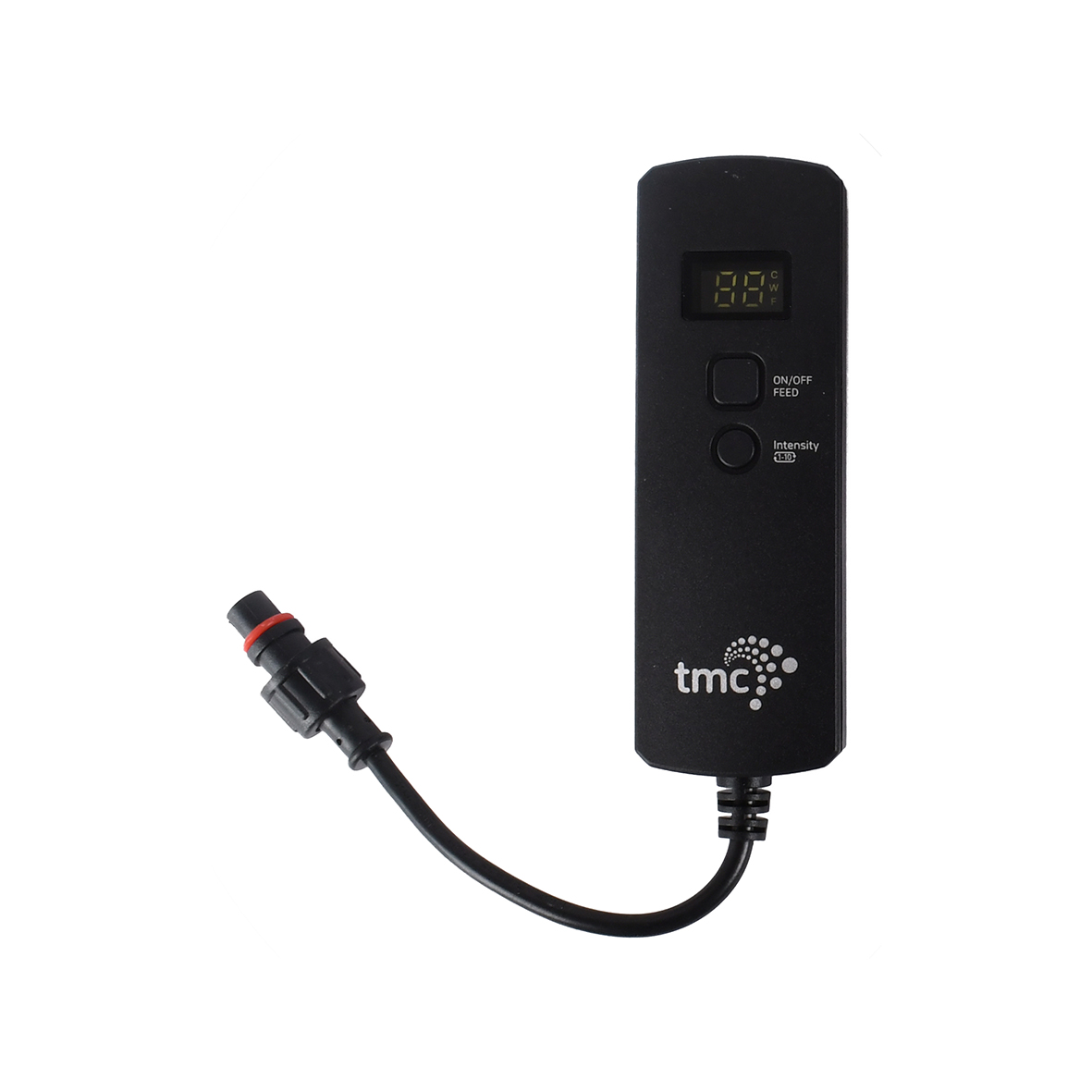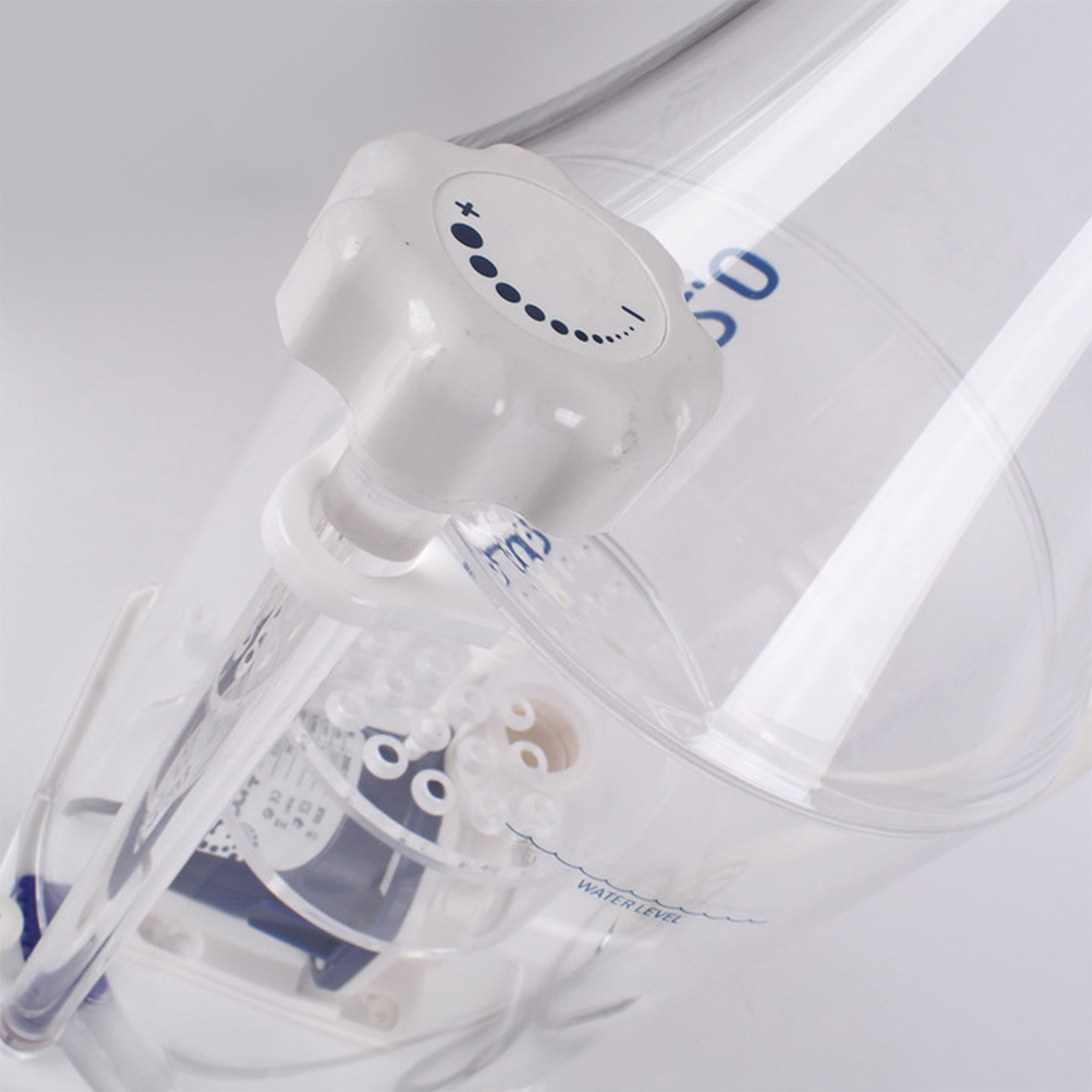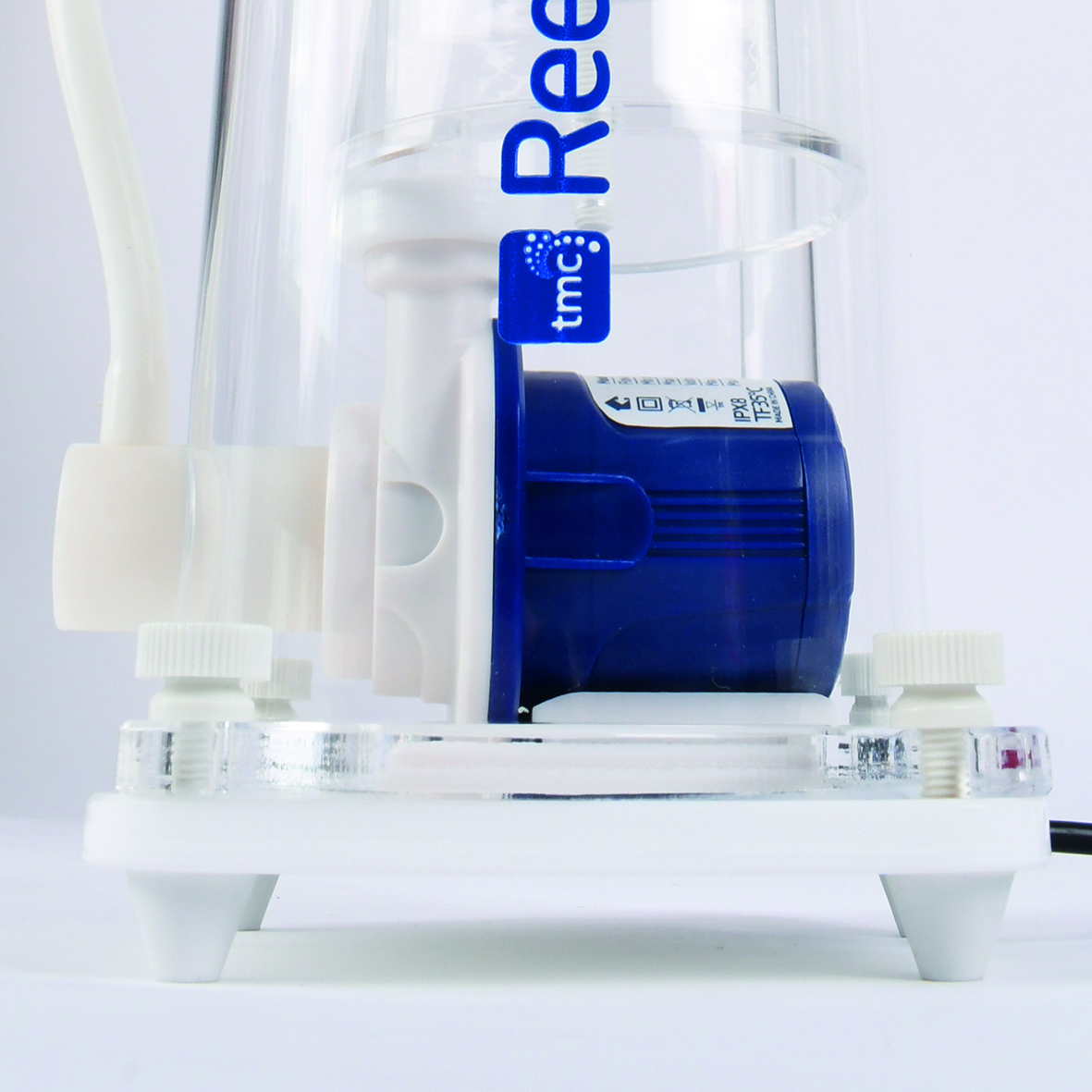The Wonderful World of Foam Fractionation

Trends in marine aquarium filtration have come and gone. Some of these ideas had merit and excellent applications, while others were less successful and often caused as many problems as they solved. There was a time when seemingly everyone was carbon dosing vodka into tanks (and for nitrate removal, drunk bacteria are up to the job! Though there were other issues, the bacteria weren't actually drunk). That being said, in 1963, Tunze “invented” the first commercial foam fractionator, a device we know better as a “skimmer.” This idea and technology had been in use for at least 50 years prior, but you couldn't actually go out and buy one. Well, 60 years after its market debut, we all still agree that the vast majority of saltwater tanks should have skimmers. While there have been great advancements in how well skimmer’s function, the basic idea is still in use today. This technology has stood the test of time.

Foam fractionators got their name because the waste product they make is a foam, to which binds a fraction of the compounds available for removal. Protein skimming is so named because these compounds are most frequently proteins. On the most basic level, a protein skimmer is a kind of filter that uses the surface tension of bubbles to collect and bind waste materials in a process called adsorption. A pump pushes water and oxygen into a contact chamber, churning very fine bubbles into a cone that allows foam to develop in the tightening diameter of the cone. If there is enough protein (fish poo, uneaten food, you get the idea) to hold the foam together, it builds up and then overflows, much like a pot full of boiling rice.
This boil-over foam gets collected, and thus everything that was attached to the foam leaves the tank system. Now that all this gunk is out of the tank, your other filters (carbon, rocks, sand, other chemical media, etc.) are free to really whup up on whatever is left behind. The skimmer basically removes waste before it has a chance to break down, so all the other filter types work less hard, leaving a cleaner tank overall.
Skimmers also offer benefits in that they mix atmospheric air and tank water very thoroughly, which aids in gas exchange. This is important; maximizing the amount of air contact stabilizes the carbon dioxide levels in the aquarium with those in the room (which is usually lower than the levels in the aquarium). Less carbon dioxide in the water forms less carbonic acid, which in turn elevates and stabilizes the pH of your aquarium. (See our articles on pH). For hobbyists with elevated carbon dioxide levels in their home, utilizing skimmers paired with CO2 scrubbers can be a very effective tool for pH management. These scrubbers can be as high-tech or as low-tech as you want them to be and are another article.

The key to success with the filtration part of the skimming process is getting the mix of air, water, and waste nutrients into the correct proportions. To this end, we've recently started selling a line of skimmers that are incredibly adjustable. TMC's Reef Skim 2.0 series allows users 20 different pump strengths (and a feed mode). Aquarists can make infinitesimal adjustments to the air intake as well by using their air intake silencer. Many skimmers only allow for water level adjustments, which is woefully inadequate by itself, but useful when added to other adjustments, and the Reef Skim 2.0 series allows for this as well.
Tuning your skimmer is basically impossible without all of these different adjustments. You want your skimmer to produce dark-colored liquid waste. If the waste is too light or even watery, that means there isn't enough waste in the water to combine with the amount of air you have going through the system. You can compensate for this by turning down the air and/or turning up the pump. If the waste doesn't actually make it to the cup or very little of it does, and instead collects on the neck of the skimmer, it means you have too much waste for the amount of air. You can combat this by turning down the pump and turning up the air. The water level adjustment rarely needs to be used but can be utilized to fine-tune the other adjustments. With the Reef Skim 2.0, they come with a sticker that shows TMC's recommended water level, and you should adjust yours to this point to start out. A well-tuned skimmer will result in healthier fish, higher dissolved oxygen levels, a more stable pH, and clearer water! A badly tuned skimmer will just sit in your sump and either do nothing or constantly overflow. Tuning takes time: some of these adjustments will take place over the course of days, but it will be worth it in the end.

So, what's the catch? Honestly, with a well-adjusted skimmer, there really isn't much of a catch. Skimmers are probably the most effective way to remove a broad spectrum of dissolved organic waste, but a poorly adjusted one could also remove some desirable amino acids and trace nutrients from your saltwater. For hobbyists interested in keeping full-blown reef aquariums, this potential trace nutrient/amino acid removal could be very detrimental, and proper tuning is even more important. If you're the type who is still concerned that too many beneficial proteins are being removed, you can also increase the quantity and size of your water changes (which is almost universally a good idea anyway) or even get into some dosing. There are a wide variety of quality amino acids like Amino-Organic and trace element supplements like Pro-Coral Mineral available from Tropic Marin. As always, we recommend Tropic Marin Salts and use them exclusively in our Los Angeles facility.
For the vast majority of you, we strongly recommend the constant use of a skimmer. There is a skimmer that will fit just about any aquarium you can get or build, and their benefits vastly outweigh their drawbacks. If you're on the fence about Foam Fractionation, it's time to dive in. Skimming has never been more adjustable and effective than it is right now. Ask your Local Fish Store about getting you the appropriate TMC Reef Skim 2.0 today!